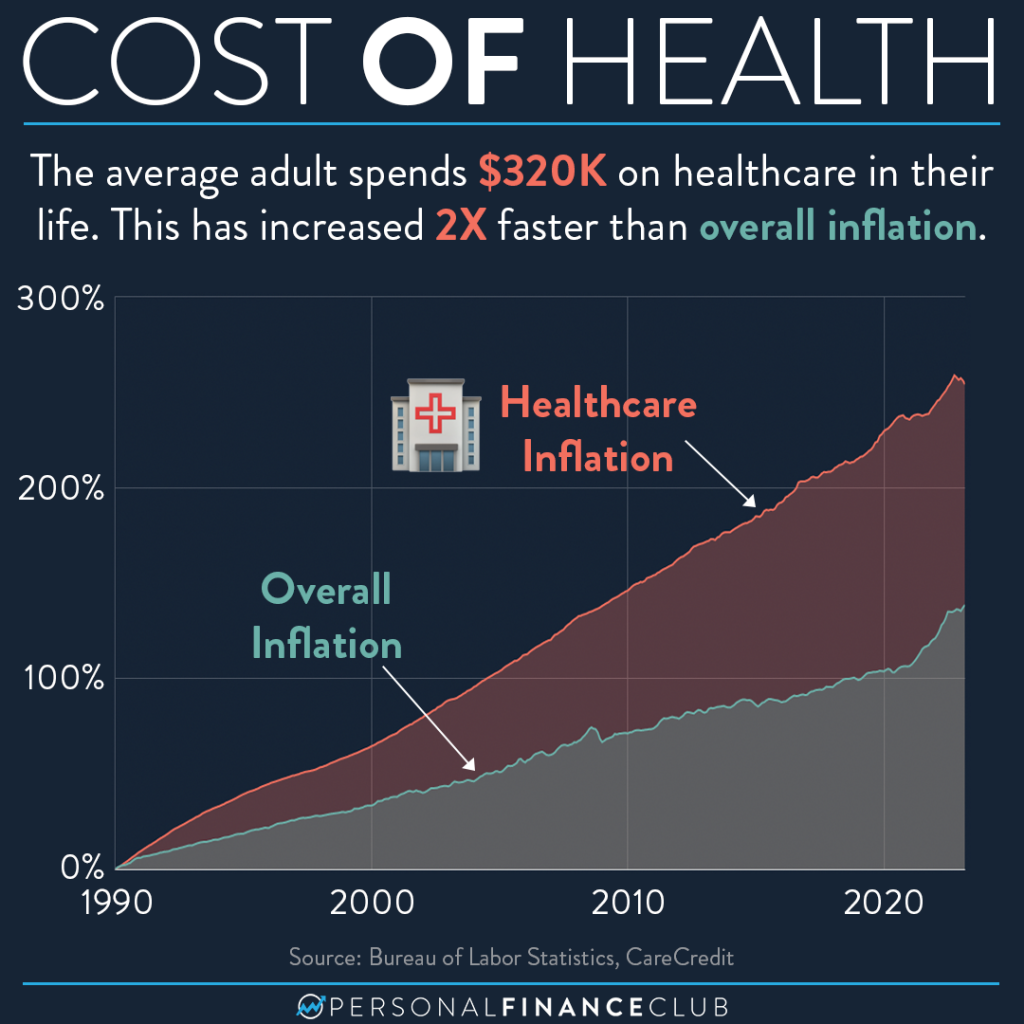A Comprehensive Overview on Exactly How Health Care RCM Functions to Enhance Invoicing and Collections
Browsing the intricacies of healthcare earnings cycle management (RCM) is critical for service providers intending to enhance their payment and collections processes. The overview unboxes the complexities of RCM, from patient enrollment to accounts receivable administration, supplying insights right into enhancing each step.
Comprehending Revenue Cycle Administration
Understanding the complexities of Earnings Cycle Management (RCM) is vital for medical care organizations aiming to optimize their monetary efficiency. RCM is an essential administrative function that includes the whole financial process of patient care, from the initial visit readying to the last repayment of the equilibrium. It is a complicated treatment developed to recognize, accumulate, and manage the revenue from the services offered to clients. Reliable RCM makes certain that health care companies get prompt and exact settlements, decreasing the risk of income loss and enhancing capital.
The RCM procedure begins when a client timetables a visit and extends via the individual's care trip, including payment and collections. An essential objective is to minimize the time between supplying a solution and getting settlement, thus boosting the organization's economic health and wellness. RCM includes different features such as client enrollment, insurance coverage confirmation, fee capture, coding, asserts submission, settlement posting, and managing denials and allures.
Trick Components of RCM
In the realm of Earnings Cycle Administration (RCM), comprehending its essential components is basic to attaining monetary effectiveness within healthcare organizations. RCM is a thorough procedure that incorporates various stages, each crucial to making certain effective invoicing and collections. The key components include client enrollment, insurance policy verification, charge capture, coding, insurance claim entry, settlement posting, and accounts receivable monitoring.


As soon as coded, cases are submitted to payers, where accuracy is paramount to prevent denials or hold-ups - Healthcare RCM. Settlement uploading involves tape-recording the gotten repayments, which permits the settlement of accounts. Lastly, balance dues administration concentrates on monitoring and addressing unpaid claims, making sure timely follow-up and resolution
Each element of RCM is interconnected, and inefficiencies in any part can interfere with the whole cycle. Therefore, mastering these components is crucial for medical care service providers to optimize revenue and boost their economic health and wellness.
Techniques for Efficient Billing

Standardizing billing treatments throughout the organization is another key strategy. Developing clear guidelines for documentation, coding, and entry assists maintain consistency and compliance with regulatory requirements. Educating personnel regularly on these treatments makes certain every person is updated with the current adjustments in invoicing codes and payer policies.
Precise charge capture is essential in preventing profits leakage. Implementing normal audits and monitoring systems permits the identification and modification of inconsistencies before they influence income. Furthermore, maintaining open lines of interaction with payers aids to promptly fix any disputes or misconceptions that may develop.

Last but not least, interesting patients early in the billing process by offering clear estimates and academic materials concerning their economic responsibilities can significantly reduce complication and enhance repayment timeliness. These approaches jointly add to a more economically healthy and balanced and reliable invoicing system.
Enhancing Collections Procedures
Offered the intricacies of medical billing and the range of payer needs, enhancing the collections process includes applying strategic look here steps that make sure accurate and timely payment of solutions rendered. Automation devices can aid in tracking claim standings, sending out prompt tips to clients, and handling denials a lot more successfully.
Clear and clear patient interactions are essential. Giving in-depth explanations of costs and using flexible settlement plans can increase person fulfillment and prompt settlements.
Routine audits of the collections process must be carried out to recognize areas for improvement and make sure compliance with laws. By evaluating information, medical care companies can identify go to the website patterns, anticipate prospective concerns, and adapt strategies accordingly (Healthcare RCM). Inevitably, a well-enhanced collections process not just supports economic health however likewise adds to a more seamless experience for people and staff alike
Optimizing Earnings Streams
Building upon the structure of a strong collections process, health care companies can even more boost their economic stability by purposefully optimizing profits streams. This includes a multi-faceted strategy, beginning with a detailed evaluation of existing revenue sources to determine inadequacies and areas for growth. Employing sophisticated information analytics devices makes it possible for organizations to obtain understandings right into payer mix, person demographics, and service usage patterns, enabling for data-driven choices that boost revenue capture.
Executing automated invoicing systems can substantially lower mistakes and expedite claims processing, making sure that earnings is accumulated extra successfully. Furthermore, optimizing payer contracts through regular settlements can boost repayment prices and terms, straight influencing the lower line. Branching out service offerings, such as incorporating telehealth or health care, can also bring in a more comprehensive patient base, thus raising earnings possibility.
An additional vital element is enhancing patient involvement and satisfaction, as pleased patients are more most likely to follow therapy strategies and make timely repayments. Offering adaptable repayment options and transparent billing techniques can improve collections and foster individual loyalty. Healthcare RCM. By taking on these approaches, healthcare organizations can produce an extra durable monetary framework, making sure sustained development and stability in an ever-changing sector landscape
Final Thought
To conclude, medical care Income Cycle Monitoring (RCM) plays a critical function in maximizing invoicing and collections procedures by incorporating essential parts such as individual enrollment, insurance policy verification, fee capture, coding, asserts entry, and accounts receivable administration. By utilizing sophisticated modern technology, standardizing treatments, and fostering patient involvement, doctor can dramatically decrease case denials, speed up settlement cycles, and enhance money flow. This detailed technique to RCM ultimately leads to improved economic efficiency and sustainability for healthcare companies.
The RCM process starts when a patient routines an appointment and prolongs with the client's treatment journey, including billing and collections.Another vital part is enhancing person engagement and contentment, as completely satisfied people are more most likely to adhere to treatment plans and make timely payments. Offering flexible repayment options and transparent billing practices can improve collections and foster client loyalty.In conclusion, medical care Earnings Cycle Monitoring (RCM) plays an important duty in maximizing billing and collections processes by incorporating crucial parts such as individual enrollment, insurance coverage confirmation, charge capture, coding, asserts entry, and accounts receivable monitoring. By using innovative modern technology, systematizing treatments, and fostering patient involvement, healthcare suppliers can click here for info dramatically lower insurance claim denials, accelerate settlement cycles, and improve money flow.